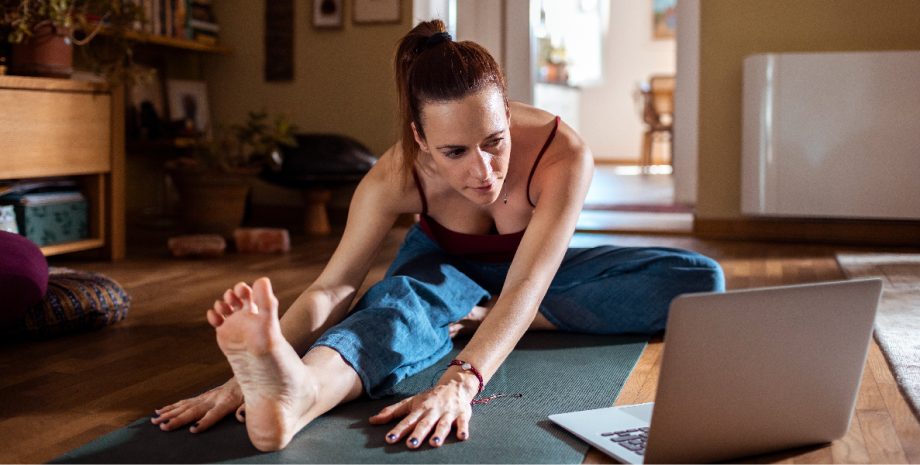

If you have ever sustained an injury, you know how tough recovery can be. The two steps forward and one step back feeling of recuperation means that you need to pay close attention to your body and what it needs. Many of us have the tendency to want to hasten our recovery, only to find out that this leads to more injury later down the road. For those who are dying to get more activity without exacerbating an injury, Pilates is becoming a go-to option.
The beauty of Pilates is that it not only helps with flexibility and range of motion, but also strength and building muscle. All these factors are vital in successful recovery, as many times we favor the joint, muscle or bone and become off balance in one of these areas. Not only that, but it also focuses on posture and alignment, which can help to prevent future injuries for athletes and non-athletes alike.
The low down
If you aren’t quite sure just what Pilates is or why it is so beneficial for recovery, here’s the low down: Pilates works various muscle groups while maintaining a strong posture. There is toning, stretching, and strengthening involved in each perfectly executed pose. We stress the word perfectly because Pilates was originally called “Contrology” when it was developed by Joseph Pilates in the early 1900s.
Joseph was a sick child who revived his health by studying various types of exercise and movement. When he was held captive in an internment camp with other Germans in World War I, he used his methods to help other sickly prisoners gain their strength. In 1926, he and his wife opened their first studio and by the 1960s, Pilates was a favorite among New York’s most famous dancers.
What can Pilates do for you?
Since his program was developed to help sick or weakened individuals, it makes sense that Pilates is a great method to help with recovery post injury. Clinical Pilates, like a physical therapy model, is used for more severe injuries or even recovery after stroke. The main difference, however, between any Pilates program and rehabilitation program, is that Pilates focuses on the whole body, helping the practitioner to improve muscular imbalances, something those with injury are prone to acquiring.
Furthermore, equipment used in Pilates goes well beyond the mat. Reformers, chairs, and other props make it an easily accessible exercise for all, no matter your level or ability. This means you will avoid aggravating your injury. If you are wanting to use Pilates as an exercise to help with recovery, it is best to be one-on-one with an instructor instead of trying for group classes or a home practice. If your injury is quite mild, however, these may be appropriate, especially if you have been a long-time practitioner.
Help to reduce your risk for future injuries
The best part about making Pilates a part of your recovery and your normal exercise routine is that you will learn good movement habits. Your skeleton is the supporting framework of your body, held in place by muscles, ligaments, and tendons. If you train your skeleton to maintain a good posture and help to build your body’s support system of muscles, you will be less likely to stress joints and other susceptible places in the body when you move or exercise.
It’s good for the mind too!
One of the cornerstones of Pilates is a mind-body connection. Movements are slow and steady and done in connection with the breath. This brings the practitioner into a focused, meditative state, activating the branch of your nervous system responsible for relaxation. Yes, you can soothe your stress while you gain strength! Not only that, living with an injury can feel nerve-wracking, especially for those who are used to being active to maintain their mental health. Pilates is a great way to move your body in a safe way and decrease your recovery time while you are at it.
Pilates is a great exercise for improving strength and flexibility and correcting muscular imbalances, all necessary components of successful injury recovery. Next time you are laid up with an unwelcome injury, try out this great mind-body exercise and see the benefits for yourself.
Relevant Services
Rehabilitation Services
We offer comprehensive rehabilitation services to help children and adults get back to full strength.
Orthopedics
Hancock Orthopedics treats conditions of the hand, wrist, shoulder, elbow, feet, and ankles.